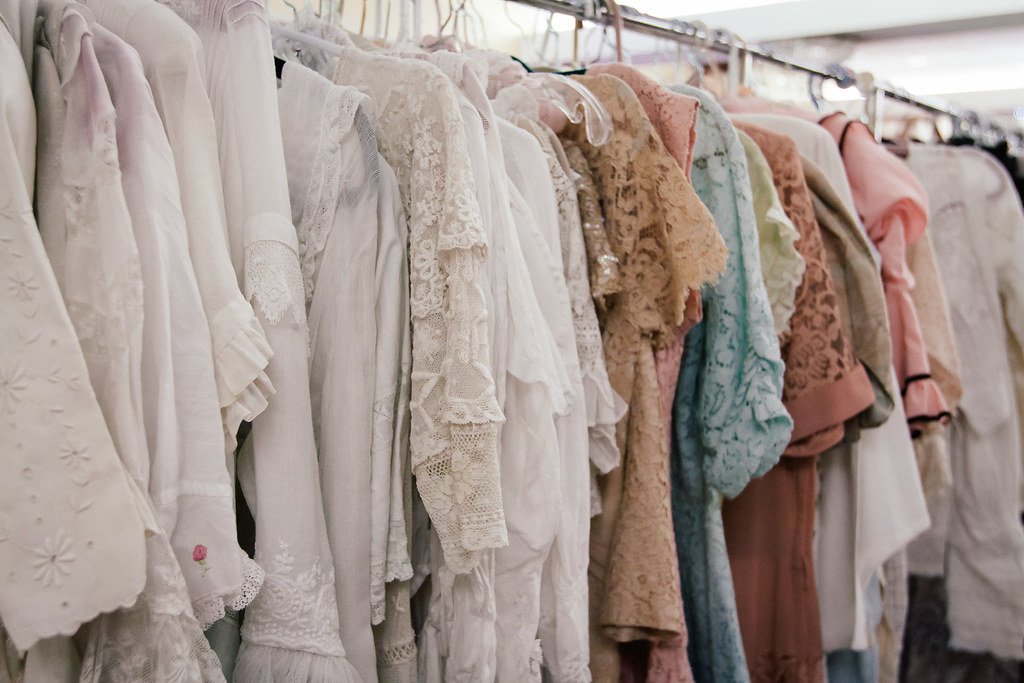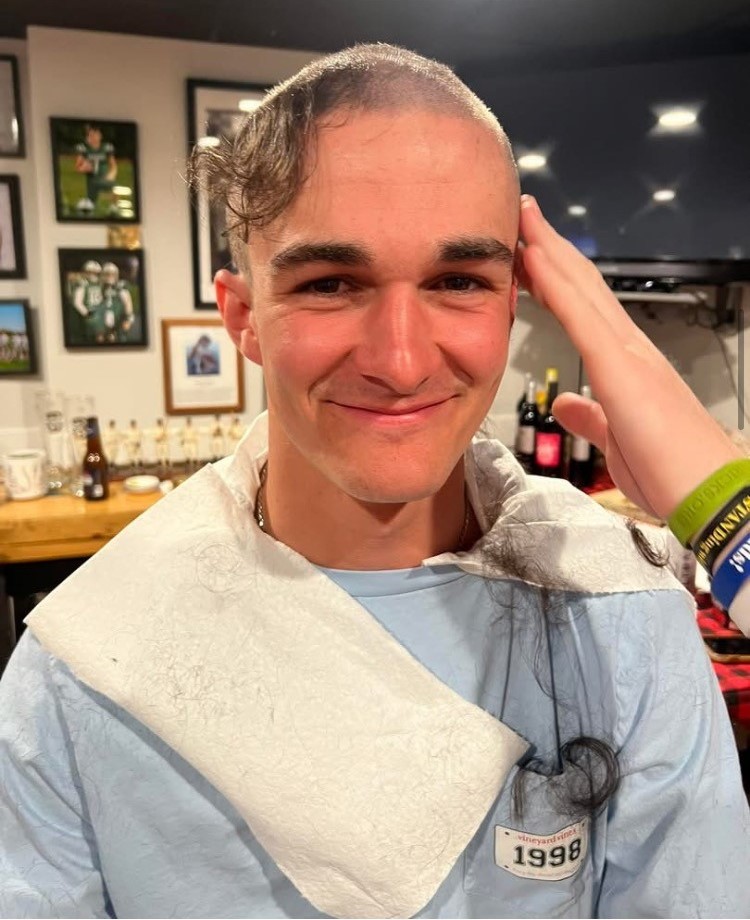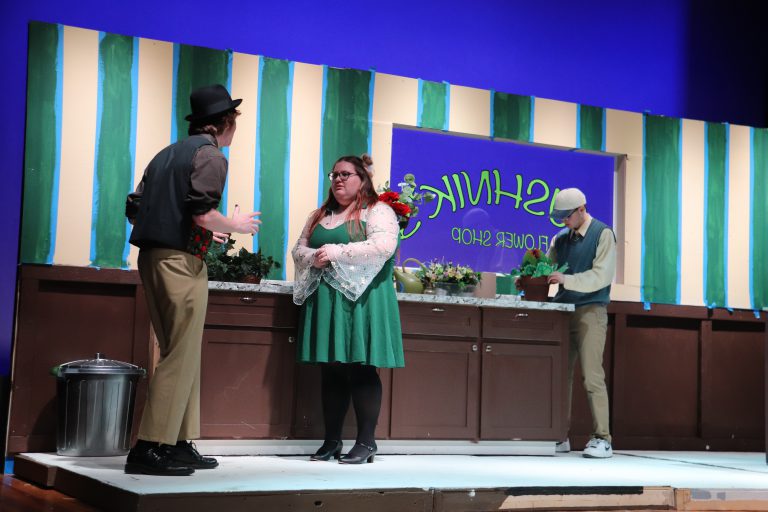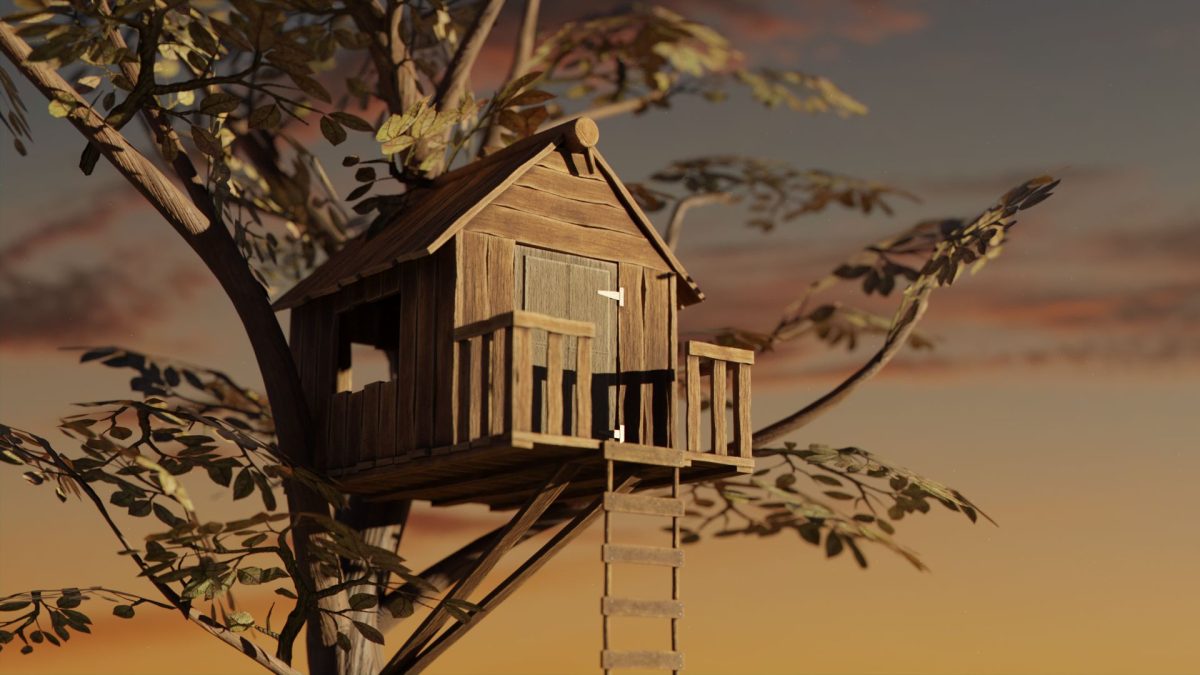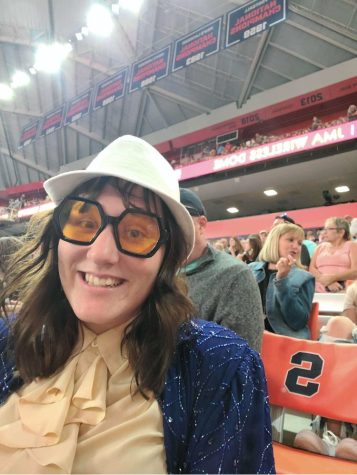Aesthetic is a word that 10 years ago, the average person wouldn’t be able to define easily. Now, aesthetic is used as a buzzword to describe a lifestyle or subculture that’s centered around fashion. Cottegecore, vintage Americana, Y2k, mob wife, clean girl, and dark academia all conjure images of various styles.
An emergent aesthetic that has caused a lot of buzz online recently is the mob wife aesthetic. The mob wife aesthetic consists of fur coats, gaudy gold jewelry, bodycon dresses, leopard print, and winged liner. The intention is to look like an Italian mobster’s wife straight out of a Scorcese or Coppola film. The aesthetic not only references the class and sophistication that’s rooted in American history but some would say the excess of American culture as well. Many people have raised eyebrows over the aesthetic’s promotion of fur.
Fur is a cause of major concern for many animal rights groups, a recent example being PETA disrupting the Victoria Beckham Paris Fashion Week show. As the mob wife aesthetic started to gain positive reaction on social media platforms like TikTok and Instagram, it soon gained just as much negative attention.
The fur industry is incredibly brutal. According to PETA, approximately 100 million animals are killed for their fur every year. These animals spend their lives confined in small, dirty cages and are killed with brutal methods like suffocation, electrocution, gas, and poison. Many people refuse to buy any sort of fur because of these harsh treatments (for good reason). In the opinion of the author, people should not be buying new fur. Instead, people should buy faux or vintage fur. I would even argue that the mob wife Aesthetic encourages buying vintage fur because the fashion is rooted in the 50s-90s.
Fur isn’t the only thing raising environmental concerns. Many say that the recent surge in aesthetics is encouraging overconsumption. There are many different aesthetics floating around the internet. There seems to be a new one every week. Many say that people end up buying more clothes and wearing them less due to the rapidly changing fashion cycle.
Though there are many aesthetics out there, the average person does not follow a majority of these aesthetics. I can’t think of anyone who wears whatever trend as soon as it comes. The target audience for most aesthetics is teenage girls. Teenage girls cannot afford to follow every single trend. Teenagers don’t have lots of disposable income and even if they did, most teenage girls are not going to follow every single trend they see on Tik Tok. Overconsumption should not be pinned on the consumer, instead, it should be blamed on the retail businesses who are causing the unnecessary waste.
Not to mention, that most girls don’t want to follow every trend they see. The people who enjoy the old money aesthetic are probably not the same people who enjoy the grunge fairycore aesthetic. We underestimate young people when we think that whatever is on the internet will instantly cause them to get out their credit cards. People have their own tastes and preferences and are not stupid enough to throw out their whole wardrobe based on one TikTok. People won’t just lose their individual style.
An easy way to find individuality in clothing is through thrifting. Many of the aesthetics encourage secondhand fashion. For instance, the Y2k aesthetic encourages going into your local thrift store and finding authentic 2000s pieces. Many second-hand websites like Poshmark and Depop offer style bundles where a seller will go through a thrift store and find pieces for you that fit any aesthetic of your choosing.
Others argue that aesthetics can represent and accentuate societal biases and showcase a lack of diversity. For instance, some say the cottagecore aesthetic just feels like a Victorian era, rich woman’s romanticized image of impoverished farmers (a la Marie Attionette’s peasant cottage). The old money aesthetic could potentially promote capitalistic greed with its obsession with “east cost money”, “quiet luxury”, and “stealth wealth”. Both aesthetics, as well as others, highlight wealth. At least in the Western world, wealth tends to lack minorities which then leads to a lack of representation in these aesthetic spaces.
Though the foundations of these aesthetics can be rooted in classism and racism, I would argue that because these aesthetics exist online, we are more likely to see diverse figures than in the past. Anyone can make content on social media and we therefore have more minority influencers creating content. In traditional fashion spaces like magazines and runways, we have seen less diversity than what we have seen online. If someone is not seeing minorities in these aesthetics online, maybe they should reevaluate who they are following rather than just assuming that just because they don’t see these creators, they don’t exist.
Even with minority representation, some say that aesthetics are still performative. People are still posting pictures of themselves doing romanticized things that aren’t conducive to their daily lives. To that, I say this applies to all social media. Social media in general is not conducive to reality. If anything, aesthetics makes it more obvious that it’s not real. I know that most people do not spend their days having picnics and eating fresh fruit in a sundress on their Antebellum plantations and I would say a majority of people think the same.
All aesthetics are meant to be is fun. They grew in popularity during the pandemic when we wanted an escape from the toil of daily life. Dressing like a fairy was just a way to let loose. Aesthetics were never meant to be serious and they shouldn’t be taken so seriously. Why do we have the right to hate the things that make people happy?
